An English garden
Film2020
A poetic study of a place and the people who shape it, this work considers Cressingham Gardens, a housing estate in South London.
Designed by Lambeth Council and their in-house architects led by Edward Hollamby, the early-1970s scheme is a landmark example of carefully formed, subtly detailed social housing designed around natural landscape and a community’s needs.


This work was made with support from MAXXI National Museum of 21st Century Arts in Rome in collaboration with Copenhagen Architecture Festival, Future Architecture Platform and co-funded by the Creative Europe Programme. A version of the film, titled giardini all'inglese, with an Italian voiceover is also available.
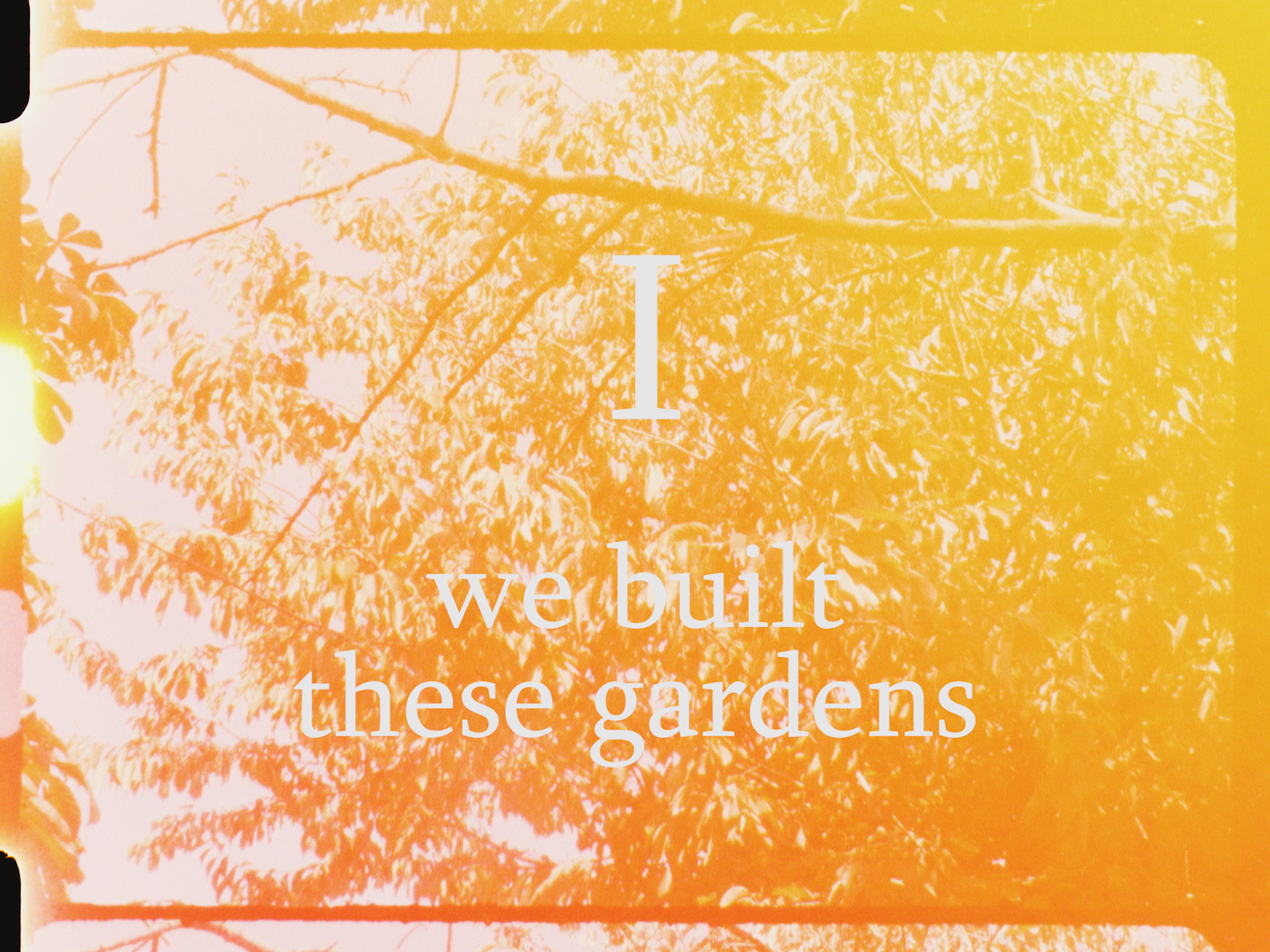



Shot on 16mm film, an English garden is 30 minutes with a continuous voiceover. It is broken into three parts, each taking the voice of different people who have shaped the place - the architects, the residents, then the current local council - considering the past, present and possible future of the place.
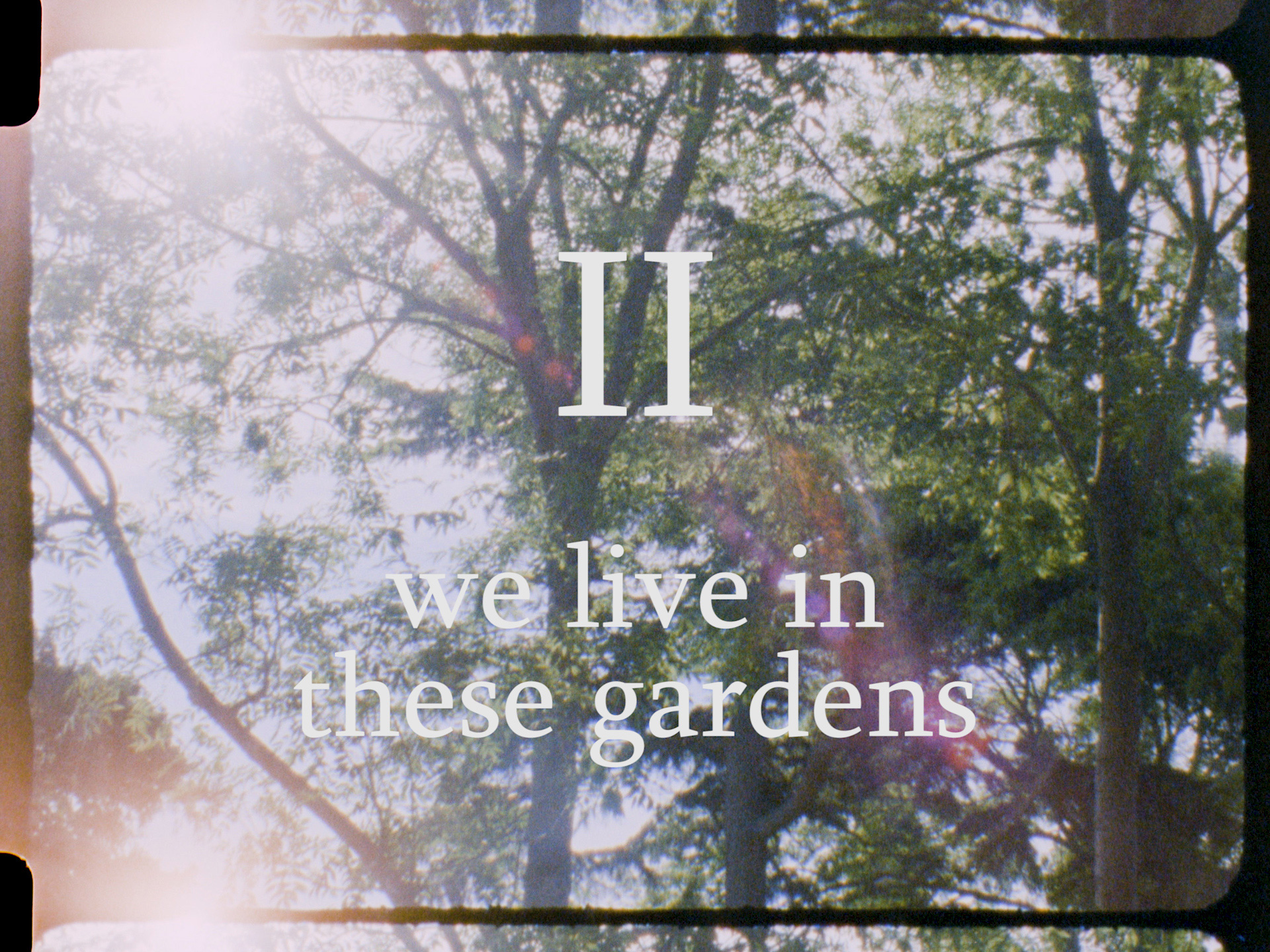


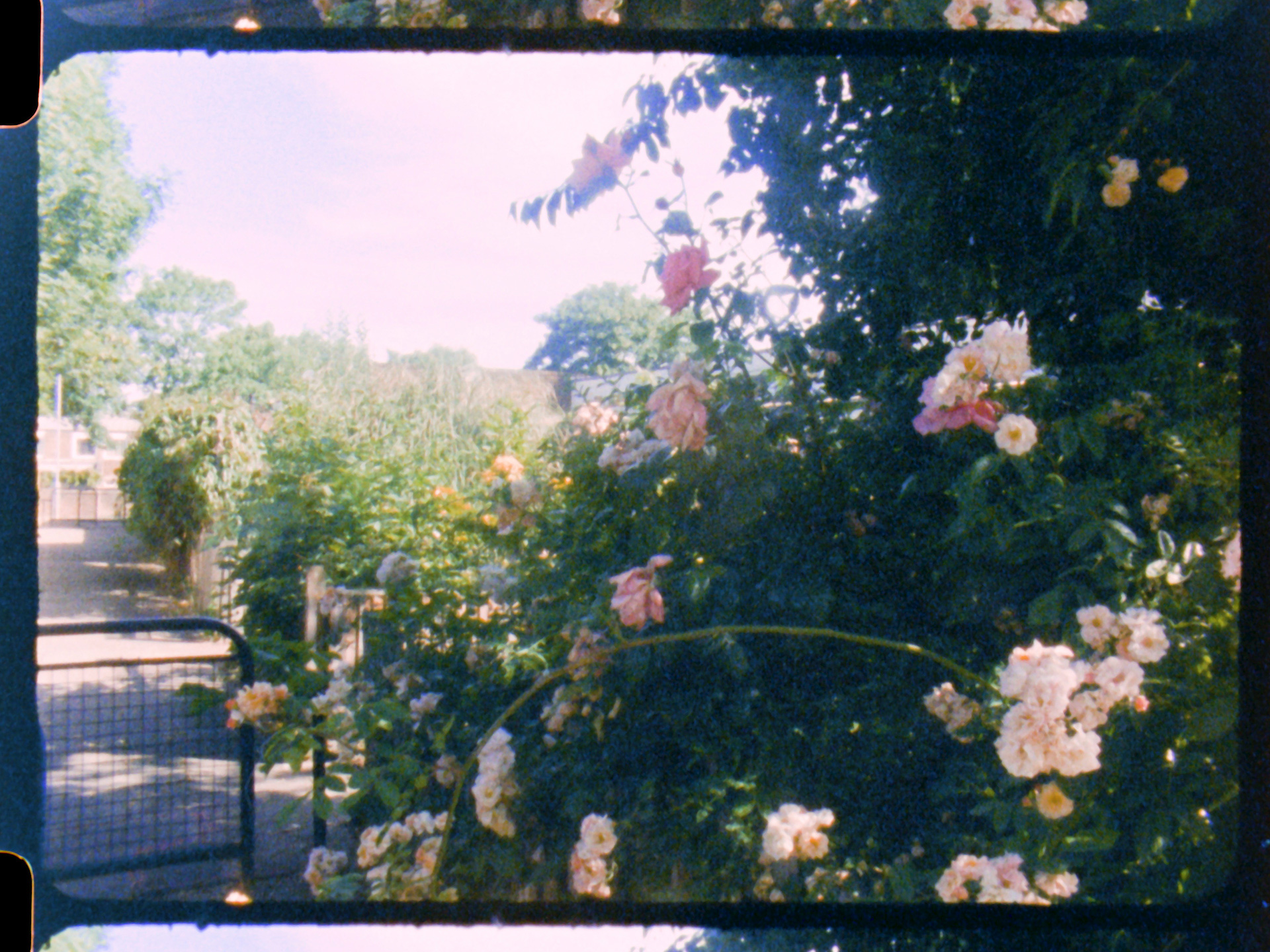
Each part takes a subtly different tone and form of cinematography, while the narrated script is entirely drawn from fragments of archive, whether from the words of Edward Hollamby, more recent testimony from residents of the estate, or from local council meeting minutes and press releases.


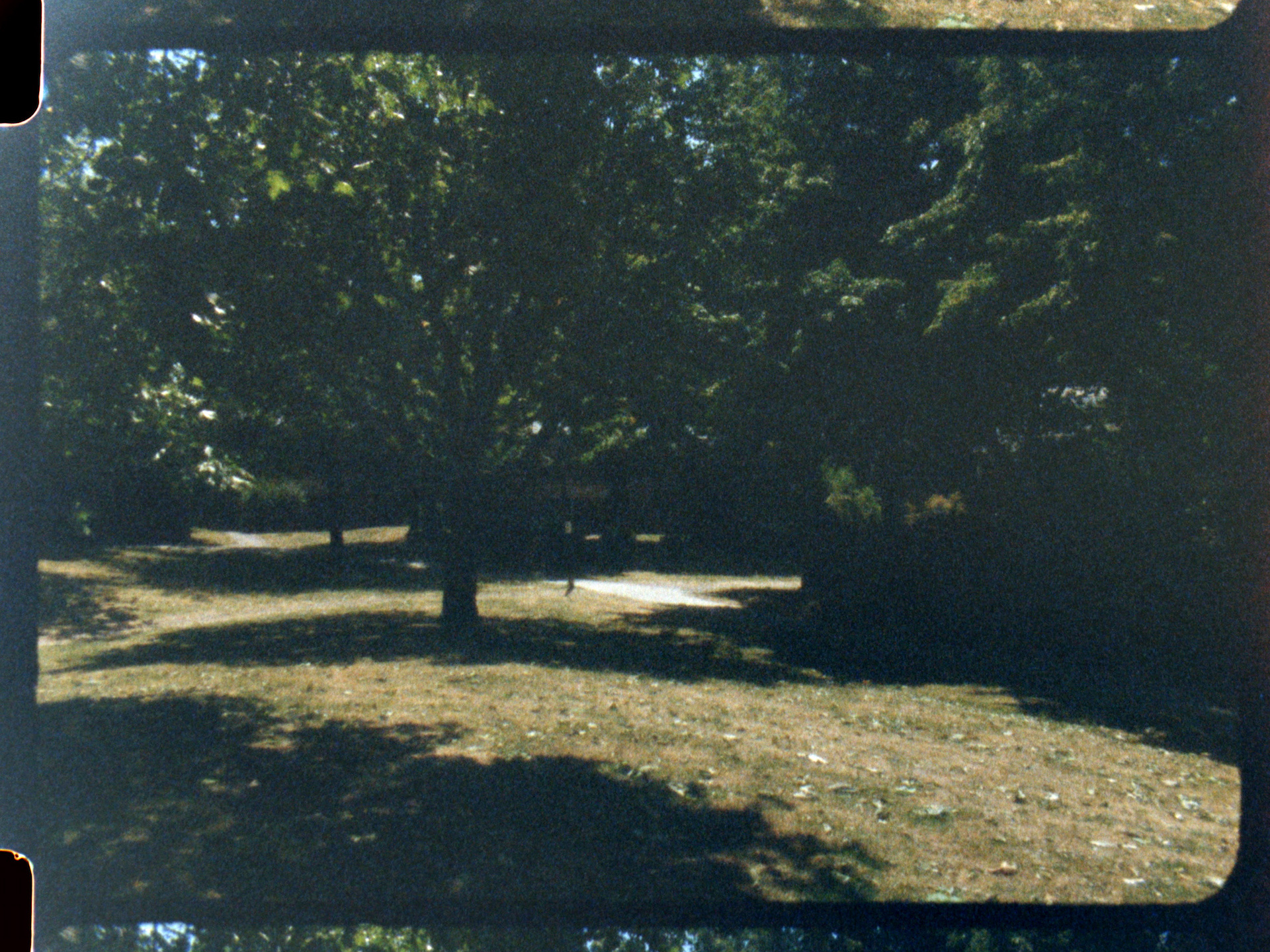
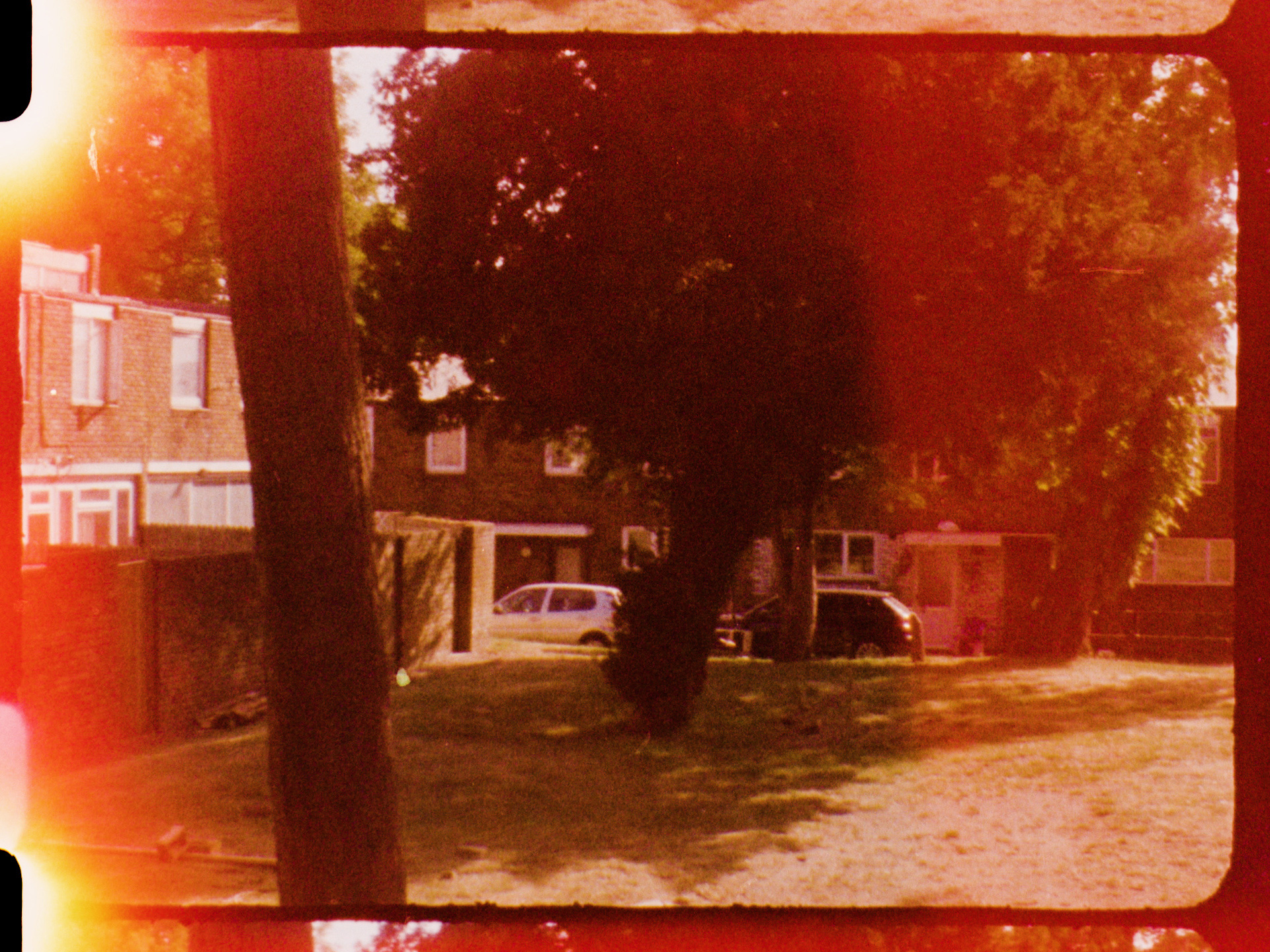
With four decades of neoliberalism now deeply embedded into English culture, London’s built environment - shaped by economy and ideology as much as craft and time - is scarred by forces of gentrification. In a city where the financial holds more sway than other value systems, social housing such as Cressingham Gardens is increasingly precarious as developers and councils see them as ripe for “regeneration”, favouring a slash and burn policy of total demolition.
160 social housing estates have been demolished since 1997, with a further 35,000 homes - including Cressingham Gardens - currently at risk. In that period, 130,000 Londoners have been dispossessed, forced out of home, community, and often the city.

While created with an outsiders vantage, this film stands in support of residents who are working to build their community and fight council-led dispossession.